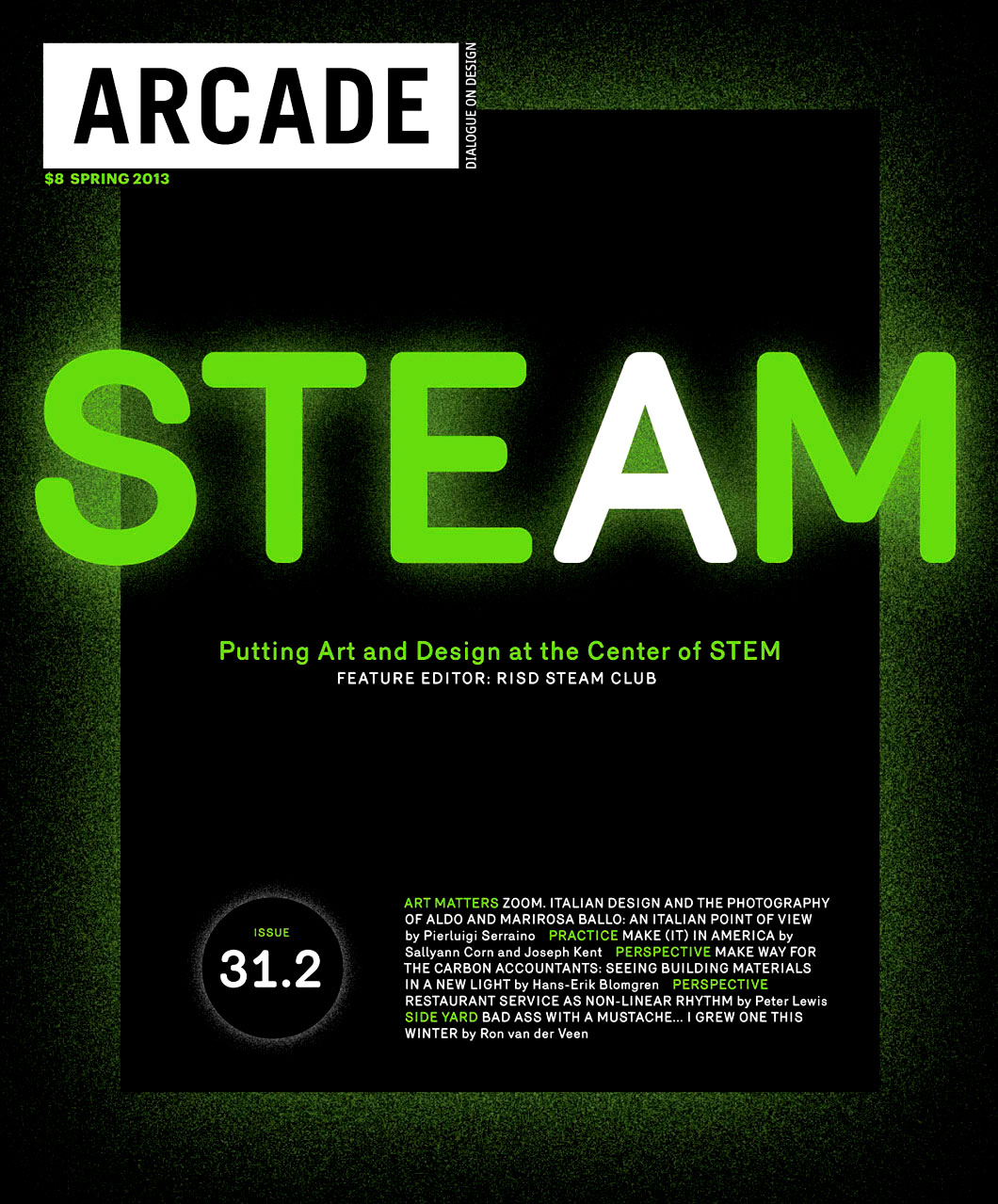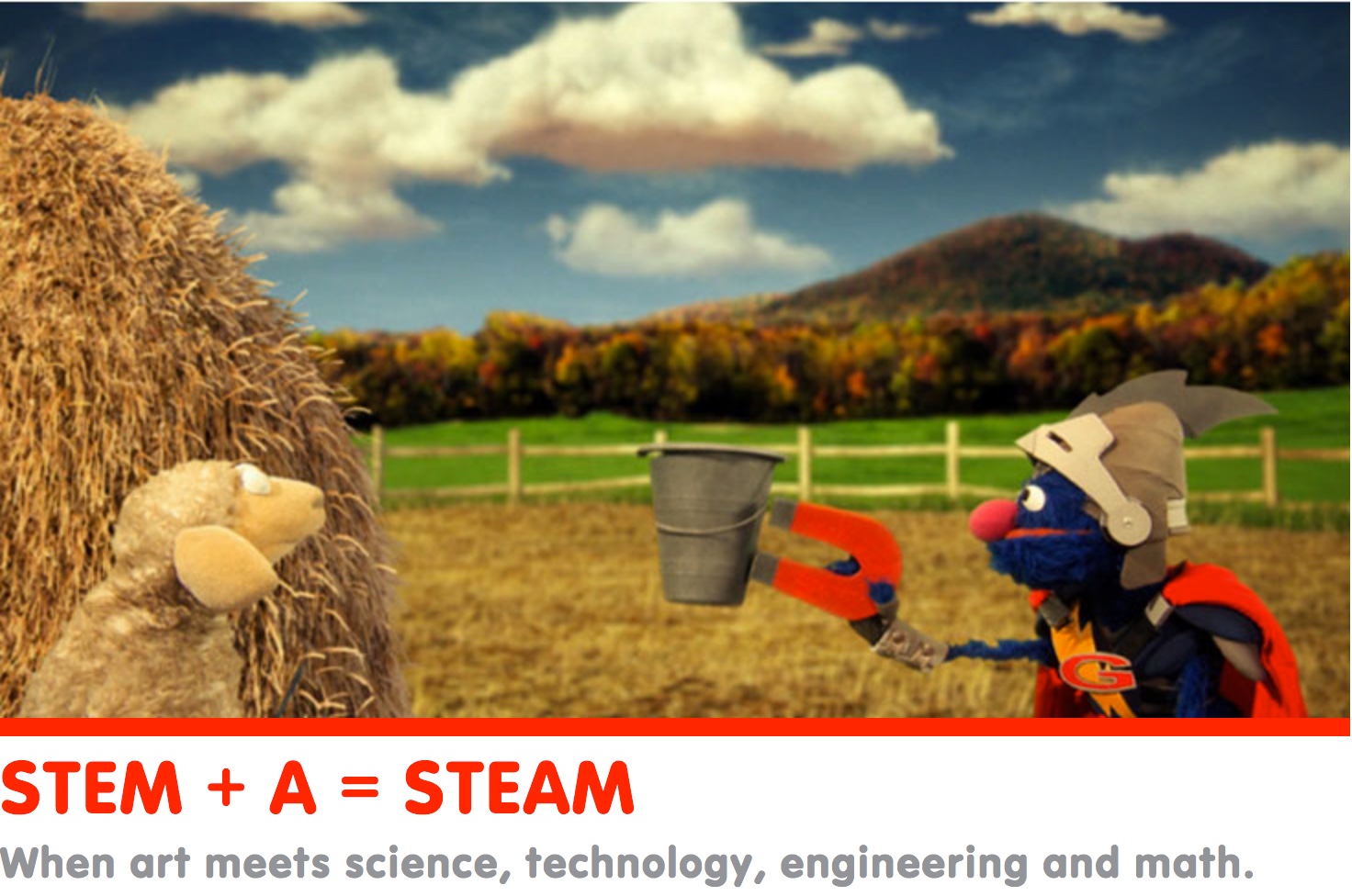Full STEAM Ahead: How Arts Add Colour
“Why Arts Faculty?”
“But what can you do with an English degree?”
“So basically you study grammar for four whole years?”
“I didn’t know you wanted to be an English teacher!”
These are only a handful of the questions thrown at me by (unfortunately, most) individuals who inquire about my education. I was one of the lucky few who were able to complete two-thirds of a Bachelor of Law degree programme whilst awaiting admittance into a State University (such delays in admittance to University call for a whole new article). Therefore at the end of my first year at the Arts Faculty, I was already a graduate in Law. This gave rise to even more questions.
“What a waste, that Law degree!”
“You don’t want to be a lawyer anymore?”
Needless to say, my decision to enter a local university and study English as a major was highly debated upon and contested by many. It is, in fact, shocking how societies influenced by social and economic factors stratify and standardize streams of study into various levels. It is interesting to explore how and why these social norms and ideologies come about.
What I loathed the most and what pressed me to write on this subject is a conversation I had with a schoolmate who had entered the Engineering Faculty. “So are you in Arts alone? No one from school, right?” she asked immediately after she met me at the university premises. She was right — I was the only one in the faculty from my school at the time. Having a genuine concern about it, I answered in the affirmative, walking right into the insult that was thrown at me. “Yeah, so, no one wants to do Arts anymore, right? Can’t even get a proper job! Might as well do some diploma and stay at home without wasting four years!” Documenting how the rest of the conversation occurred would be counterproductive to the rest of this article.
However, what must be taken seriously is the fact that such degrading and devaluing of certain subjects can be seen across all generations in our society. Such stratification of subjects and study streams discourages students to follow their passion by forcing them to take up an education to cater to a particular job market or to conform to constructed social ideologies. With the release of G.C.E. Advanced Level results, I am sure that most candidates are faced with the dilemma of questioning their own choices due to the questions thrown at them by others. Why did they do Arts? Couldn’t they find a ‘worthier’ stream to pursue?

I believe it’s about time the ideology of the masses changed. I personally saw the value of such a degree. I don’t think I need to be a doctor, an engineer, a biologist or anything as fancy as that to be successful. As stated by Carly Fiorina, Former Hewlett-Packard CEO, her medieval history degree prepared her for life and I believe what matters the most is that students learn skills for life. This ideology is not purely mine – many have come before me who possess liberal Arts degrees and have proved themselves very successful even in fields other than what they have studied. Hence, it is not a matter of what you study but rather what you make of it. The benefits and advantages of the Arts are thoroughly undermined. This article takes up the task of emphasizing the significance of Arts. I would consider my task complete if the article gives its readers at least a flavour of the importance of Arts for everyone in every field.
What do the ‘big guys’ say?
It is my opinion that the importance of the Arts stream has been overlooked by the individuals in authority. For example, the government recently obtained a loan of USD $100 million from the World Bank to expand STEM enrolment and research opportunities at the tertiary level, and to improve the quality of STEM degree programs. The importance of Arts and the introduction and adoption of a multidisciplinary curriculum has been overlooked completely. However, this pitfall is not only prevalent in our island nation, it has spread across the globe, from laymen to presidents. Barack Obama joined the legion of politicians and prominent figures who have publicly expressed their disapproval of liberal arts degrees. He has said, “[A] lot of young people no longer see the trades and skilled manufacturing as a viable career. But I promise you, folks can make a lot more, potentially, with skilled manufacturing or the trades than they might with an art history degree.”
Obama is definitely not the only leader to have expressed such sentiments, although being voted as Forbes’s most influential person in the world really does have its effects on spreading the word. The Trump administration has also shared similar sentiments through its 2017 and 2018 budget proposals (PDF). It proposed to cut the funding for the National Endowment for the Arts and other agencies promoting the development and spread of Arts. Through these public statements and policy decisions, the notion that liberal arts and humanities students take longer to find good jobs (and that the skill set obtained by these degrees cannot be put to much use) becomes ingrained within the minds of youth and discourages them from taking up courses in these streams. The only method by which this error can be rectified is through creating awareness of the importance of all subjects and not merely STEM. An understanding must be created within society that for an individual to be well-rounded, the creative thinking of Arts and other soft skills are imperative. As Leo Tolstoy said on the relationship between the arts and sciences: “Science and Art are as closely bound together as the lungs and the heart, so that if one organ is vitiated the other cannot act rightly.”
Why Arts?
Contrary to popular belief, Liberal Arts and Humanities subjects do teach something of value to their students. In the contemporary world, what must be explored are the benefits of an Arts degree and how the skills it provides are unique and invaluable. There are many reasons why the skill sets provided by such degree courses are absolutely necessary yet different from those acquired through an exclusively scientific or mathematical course.
Humanities and Liberal Arts majors encourage creative thinking and critical analysis. They also make it essential for students to be well-versed in various other fields of study. Usually, Arts majors gather a vast amount of knowledge on innumerable topics and are stimulated to look deeper into varied texts that affect media, culture, society, literature, and politics.
David Silbersweig, Professor of Psychiatry and Academic Dean at Harvard Medical School, stated the importance of multidisciplinary education when evaluating candidates for tenure and promotion. He said, “I find that those with the broader set of academic experiences are generally the most able to deliver innovative and impactful solutions.” The capacity and necessary skills for on-the-job learning, effective interpersonal communication, out-of-the-box thinking, leadership skills and other soft skills are more easily found in an Arts major in comparison to an exclusively STEM major who has been trained to learn a rather rigid and structured curriculum. Michael Eisner, Former CEO of Walt Disney, who was an English major, stated in an interview conducted by USA Today, “Literature is unbelievably helpful, because no matter what business you are in, you are dealing with interpersonal relationships. It gives you an appreciation of what makes people tick.” Thereby, STEM majors miss out on the opportunity to acquire soft skills such as critical thinking, which is crucial for an Arts major.
The significance of studying combined disciplines has been explained by Professor Silbersweig, who stated, “Collaboration among such multidisciplinary individuals can take ideas and methods to the next level, resulting in new, unforeseen possibilities.” It is not only the subject matter that is important in an Arts major. It is the work ethic and other skills such as interpersonal relations and effective communication that may tip the scale in favour of Art majors in the present job market, as they’re seen as well-rounded employees. Studying Arts broadens the scope of jobs available and also allows for freedom and choice in the selection of suitable employment. For example, an English major works with many close readings of texts and their analysis, which can easily be applied to media professions, law, business, creative professions, and politics. Therefore, it allows students to have a wide array of choices when entering the job market. It seems essential that even STEM majors may need certain skills possessed by Arts majors to balance themselves and come across as better candidates in the contemporary competitive job market.
STEM + A = STEAM
Yes, wouldn’t it be the perfect combination if Arts subjects were given some focus in a STEM degree course? Wouldn’t it create much better-rounded individuals? The Rhode Island School of Design (RSID) has introduced a curriculum inclusive of Arts in the STEM degree courses, calling it STEAM. The lessons are designed to focus on the importance of object-based learning in encouraging research, close observation, and critical analysis, which both artists and scientists share in common. A co-creator of the course, Dean of Faculty at RSID Tracie Costantino, stated that “The demand for STEAM resources has picked up in the past few years as teachers recognise the importance of incorporating creative thinking and visual learning into their classrooms.”

By the introduction of such subjects, new teaching methodologies and exposure to the creative side of things permits STEM majors to have a taste of the less structured and more independent and creative study techniques of Art majors, which in turn will allow them to be more versatile and multifaceted. It can be said that the element of Arts within STEM education allows for a balance between the respective study streams. This combination has been adopted by many universities worldwide but is yet to be identified by our local system.
Popular educational TV shows such as Sesame Street have adopted elements of Arts in conveying their messages to wider audiences. In announcing the release of its 43rd season, the producers of Sesame Street have declared that it will incorporate Arts into its STEM curriculum. It calls this an “exciting and natural addition, as Sesame Street has always used music, visual, and performing arts as tools to educate and entertain children.” Sesame Street’s team believes that this addition makes learning STEM concepts relevant and enticing to young children, and also provides context for the importance of STEM knowledge in careers in the Arts field.

Picasso once said that “All children are born artists.” However, Ken Robinson in his talk at TED 2006 very rightly stated that although all children are born artists, “The problem is to remain an artist as we grow up. I believe this passionately, that we don’t grow into creativity, we grow out of it. Or rather, we get educated out of it.” There is a large element of truth in this statement, with rigid and inflexible academic curriculums imposed on students devoid of any element of creativity or inclusion of Arts. Such children are thus ‘educated out’ of their inborn creative skills. What has been ignored is that both STEM and Arts can co-exist, and even more so, that they make a great combination.
In his 2012 essay, Steven Pomeroy states that Science and the Arts go hand in hand. He evidenced this by stating that “Nobel laureates in the sciences are seventeen times likelier than the average scientist to be a painter, twelve times as likely to be a poet, and four times as likely to be a musician.” It must be understood that when these two distinct fields of study do meet, it has the potential to create exceptional results. Thus, it is fundamentally erroneous to deem one stream of study to be lower in status than the other. The skill sets obtained from these two degrees are different, and only together can they make a whole. Therefore, what is optimal to both society and the individual is not a mutually exclusive study of these subjects, but rather an inclusive and integrated method of studying them.
At TED 2002, Mae Jemison, a doctor, dancer, and the first African American woman in space, said, “The difference between science and the arts is not that they are different sides of the same coin, or even different parts of the same continuum, but rather, they are manifestations of the same thing. The arts and sciences are avatars of human creativity.” This may be the reason Steve Jobs referred to himself and his colleagues at Apple as artists. Apple, a company renowned for its innovation, manifestly combine creativity and technological skills to come up with such groundbreaking products.
Therefore . . .
The foundation and framework for the recognition of Arts majors as equally important as those engaged in the STEM fields has already been set out. Most industry leaders and academics have reached common ground about the absolute necessity of the skill set obtained by a student in an Arts major. Although politicians and certain world leaders do not share the same thoughts, the idea of STEAM has taken the world by storm due to its ability to create versatile and passionate employees. We must recognize that these two streams of study are not parallel or mutually exclusive. One is not better or harder than the other, and most definitely not lesser in importance than the other. Arts and sciences are, in fact, two parts of a whole which, when they come together, create the perfect balance in an individual.
